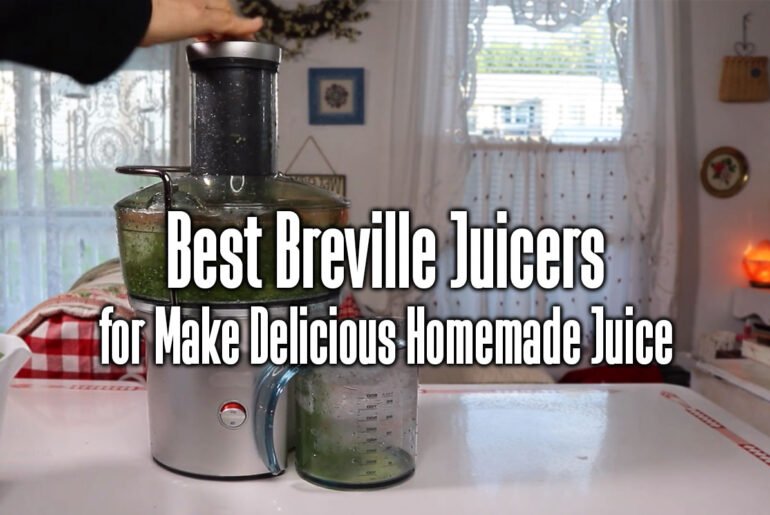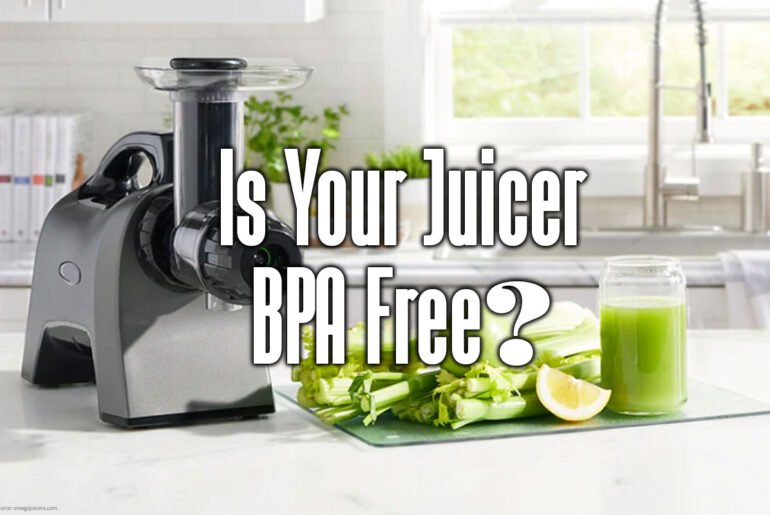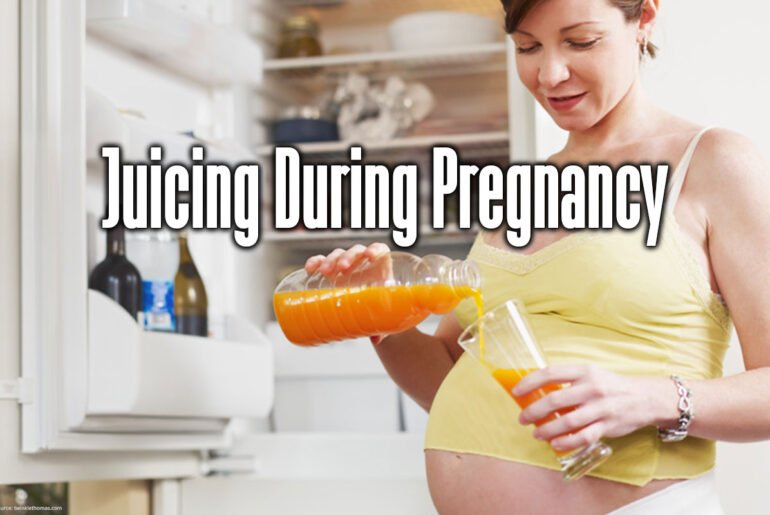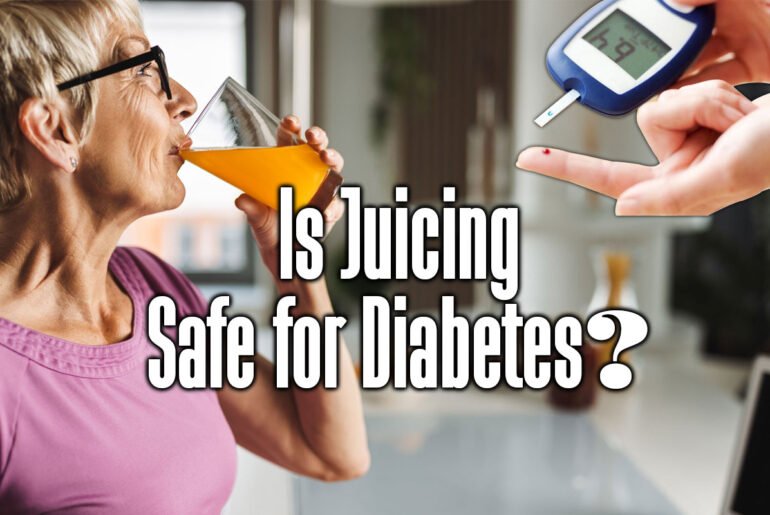Would you want to learn how to clean a juicer in the most effective and time-saving manner possible? Take a look at this thorough tutorial, which will teach you all you need to know about cleaning your juicing machine! Few things compare to drinking fresh fruit juice straight from a juicer. You can get juiced for health reasons or to enjoy the taste. The high amount of micronutrients provides a variety of advantages, including increased immunity, better energy levels, and enhanced mood. The condition of its components determines each juicer’s performance. That is why it’s important to care for the gadget properly, and cleaning is an essential component of that upkeep process. You’ll learn everything you need to clean your juicer in this post. Whether dealing with stubborn stains or figuring out how to clean your device effectively, you’ve come to the correct spot! What Is a Juicer and Why…
Best Breville Juicers for Making Delicious Homemade Juice
Many juicer manufacturers can choose from today, whether you’re buying online or in a store. The majority of juicer manufacturers provide comparable features and pricing. Only Breville-brand juicers can integrate reliable performance and day-to-day usefulness into each of their inexpensive kitchen equipment. In this Breville juicer review, you’ll discover what makes this company’s reputation so solid. From its use of specialized components to the range of industry-leading models, it has stayed true to its roots since its inception. I used to work at a homemade juice restaurant in the city many years ago and started working as a juice maker there, where I worked every day to provide our clients with a wide selection of tasty and nutritional freshly made juices. I became familiar with our juicing equipment like a barista and learned to appreciate when a particular appliance exceeded my expectations, and other machines did not fulfill their promises.…
Is Your Juicer BPA Free?
It is now well recognized that Bisphenol A (BPA) in plastics can harm human health. It similarly binds to estrogen receptors as natural female hormones do. BPA is an endocrine disruptor that causes brain and reproductive damage and increases the risk of some cancers. As a result, there was a solid push to eliminate BPA from the majority of people’s eating, drinking, and storage containers. The lining inside canned goods, which included the chemical, was also suspect. BPA was removed from baby bottles and children’s sippy cups by the FDA in the United States when concerns arose over a possible link between it and developmental fetal abnormalities in newborns and youngsters. New studies also reveal that BPA-free alternatives may not be relatively safe, such as Bisphenol S (BPS). BPAF and BPC are lesser-known bisphenols that mimic and bind to estrogen receptors. In many studies, BPA alternatives are more harmful to…
Juicing During Pregnancy
Juicing during Pregnancy allows you to get the nutrients you may miss if you don’t eat enough vegetables and fruits daily. You still have to eat a wide variety of nutritious foods. Your body requires nutrients and healthful meals to sustain your growing fetus. It’s essential to keep your weight in check. I frequently recommend consulting with your doctor in many juicing articles before starting Juicing during Pregnancy. When you’re pregnant, the final thing you want to do is eat foods that don’t provide you with all of the nutrients you need. It’s a lot to handle during pregnancy, both physically and emotionally. There are also a few foods on the “do not eat” list. Let’s go through everything below. Pregnancy Prepare your body before you conceive by eating nutritious meals and getting active daily. The healthier you are before you get pregnant, the better your prenatal health will be…
Is Juicing Safe for Diabetes?
What is diabetes? When it comes to Juicing for Diabetes, you should go for leafy greens and veggies. I can still recall the two kinds of diabetes I learned about as a nursing student—Diabetes Mellitus and Diabetes Insipidus. The first one doesn’t require insulin deficiency, so we’ll concentrate on that. Diabetes mellitus can be divided into Type 1 and Type 2. Type 1 Diabetes Mellitus Type 1, often known as juvenile diabetes or insulin-dependent diabetes, is a disease where the body does not produce enough insulin. The onset is generally during childhood and adolescence due to autoimmune destruction of the insulin-producing cells. Insulin-dependent diabetes is a form of the disease that cannot be cured, necessitating lifelong insulin shots to keep glucose levels stable. Type 1 diabetes is responsible for less than 10% of all diabetes cases. Type 2 Adult-onset diabetes, also known as non-insulin-dependent diabetes, is a form of diabetes…




